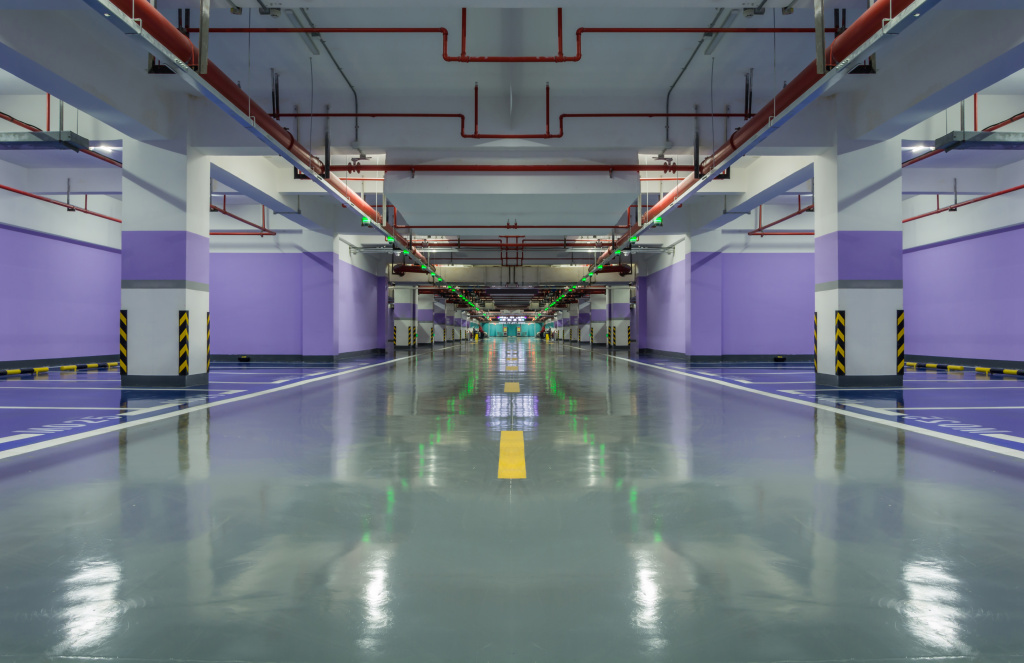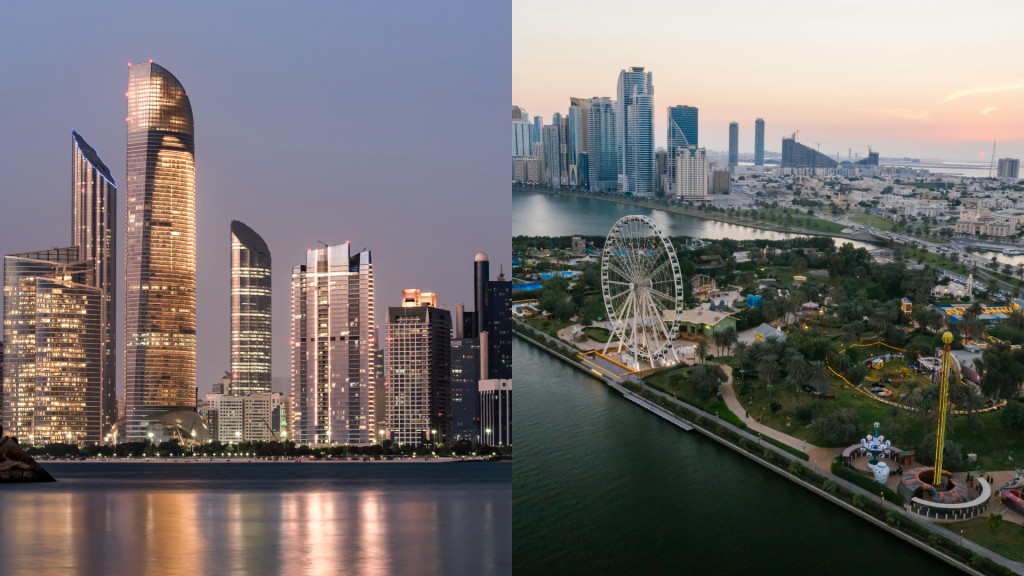The cementitious flooring market in the UAE is on a steady growth path. As of 2024, the market is valued at USD 145.3 million and is projected to grow to USD 195.35 million by 2030, marking a compound annual growth rate (CAGR) of 4.90%.[?]
Durable, low-maintenance floors are in high demand across UAE projects. This rise is fueled by widespread construction, infrastructure development, and rising demand for sustainable building solutions.
UAE Urban Growth Fuels Demand For Cementitious Flooring
The country’s rapid urbanization continues to push demand for high-performance flooring. New residential, commercial, and industrial buildings are rising across all seven emirates.
In 2024, the UAE population reached 11 million. [?] With this growth comes increased housing needs. Approximately 10,000 residential units were built in Dubai alone during the first quarter of 2024.
F?
Projects such as mixed-use towers, logistics centers, and transport hubs are driving interest in flooring systems that can withstand pressure and last over time.
Why Cementitious Flooring Fits UAE’s Green Agenda
Environmental goals are playing a larger role in product selection. The UAE’s green building programs encourage the use of low-emission and recyclable materials. Cementitious flooring aligns with these goals due to its low VOC content and compatibility with green certification systems.
In 2023, about 58% of buildings in Dubai met green building standards. [?] That trend is expected to continue, favoring materials that support better indoor air quality and long-term energy performance.
Succeed in the UAE Market
Use real‑time dashboards to plan, adapt, and win
Request a demo
Industrial and Commercial Demand
Harsh environments such as factories, warehouses, and petrochemical sites require floors that resist chemicals, impact, and constant wear. Cementitious systems—such as epoxy and polyurethane—offer the durability needed for these sectors.
With the industrial sector steadily growing each year, the need for flooring that supports operational safety and efficiency is on the rise.
The commercial segment is also contributing. In 2024, 18.72 million tourists visited Dubai, prompting the development of malls, hotels, restaurants, and entertainment spaces—all of which rely on strong, low-maintenance flooring.[?]
Market Trends
The market is shifting toward faster application and smarter performance. Self-leveling and fast-curing flooring systems are gaining popularity for their efficiency on fast-track projects. These solutions help reduce labor costs and speed up handovers.
Design expectations are also evolving. Cementitious floors are no longer limited to back-of-house spaces. Polished concrete, textured finishes, and decorative overlays are now appearing in lobbies, retail outlets, and residential interiors.
Spot emerging market trends and make smart business moves
Request a demo
Barriers: Cost, Awareness, and Complexity
Despite its advantages, adoption is not without challenges:
-
Upfront cost. Materials and labor can have high prices. It can be a hurdle, especially for smaller contractors.
-
Specialized skills. Installation requires experience and skills, which are not always readily available in the market.
-
Lack of awareness. Decision-makers are still unfamiliar with the long-term benefits of cementitious systems and prefer tile or vinyl out of habit.
Regional Outlook: Dubai and Sharjah
Dubai is the largest and most mature market, driven by major projects and a strong focus on innovation and sustainability. Its high volume of commercial and residential development makes it the top region for cementitious flooring.
Meanwhile, Sharjah is emerging as a high-growth area. More affordable land, a growing population, and expanding industrial zones are making the emirate a key player in the flooring space. Its alignment with national sustainability goals is also supporting market traction.
Deliver work that exceeds expectations
Control quality in FirstBit
Request a demo
Long-term outlook
As the UAE continues to grow its built environment through mega-projects, smart cities, and green infrastructure, cementitious flooring is expected to remain a foundational element.
Its ability to support both structural durability and sustainable building goals positions it as a go-to solution across sectors. By 2030, the market is forecast to approach the USD 200 million mark, powered by both construction volume and a shift in material priorities.
Build with financial confidence, using cash flow analysis in FirstBit
Request a demo

Arina Sherbakova
Editor

See FirstBit ERP solutions in action
Discover how our system solves the unique challenges of contractors in a personalized demo.
After the demo you will get a quotation for your company.
After the demo you will get a quotation for your company.












